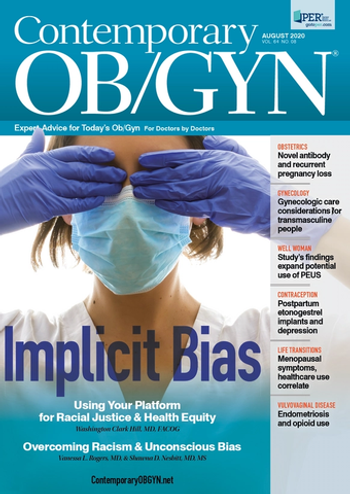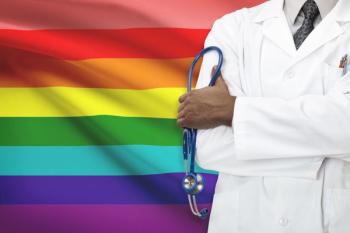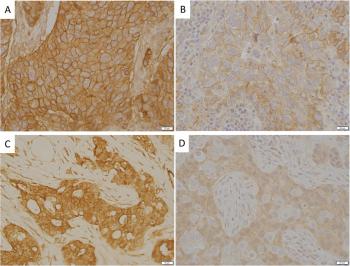
This case involves an eight-year-old patient who originally presented with a chief complaint of right-sided abdominal pain and one episode of vomiting.

This case involves an eight-year-old patient who originally presented with a chief complaint of right-sided abdominal pain and one episode of vomiting.

What did you think of this month’s feature stories?

Find additional resources for providing high-quality sexual and reproductive healthcare to transmasculine people, transgender men, and nonbinary people, whose sex assigned at birth was female.

Peer-reviewed
Drs. Rogers and Nesbitt discuss what obstetricians and gynecologists can do to reduce racism and unconscious bias in their practice.

Transgender and nonbinary people face disproportionate rates of stigma and discrimination in seeking healthcare—and may encounter additional unique barriers in attaining gynecologic and reproductive care.

Transgender and nonbinary people face discrimination and stigma, along with other barriers, in accessing health care.

This clinical consensus statement on vaginal energy-based devices (EBDs) reflects statements drafted by content experts from the American Urogynecologic Society’s (AUGS) EBD writing group.

The lack of data on the possible connection between race and breast cancer prognosis is what led a group of Mount Sinai researchers to conduct this new multicenter, cross-sectional study.

In this month's issue, Contemporary OB/GYN Editor-in-Chief Dr. Catherine Y. Spong talks about the ways in which women's health research has and continues to be marginalized. Addressing these inequalities, Dr. Spong says, demands a change of culture led by committed and accountable leadership.

This month’s issue takes on the pervasive problem of implicit bias and systemic racism in health care.

“In the past 55 years since I became a physician, progress has been made but we still have so much more to do and a long way to go.”